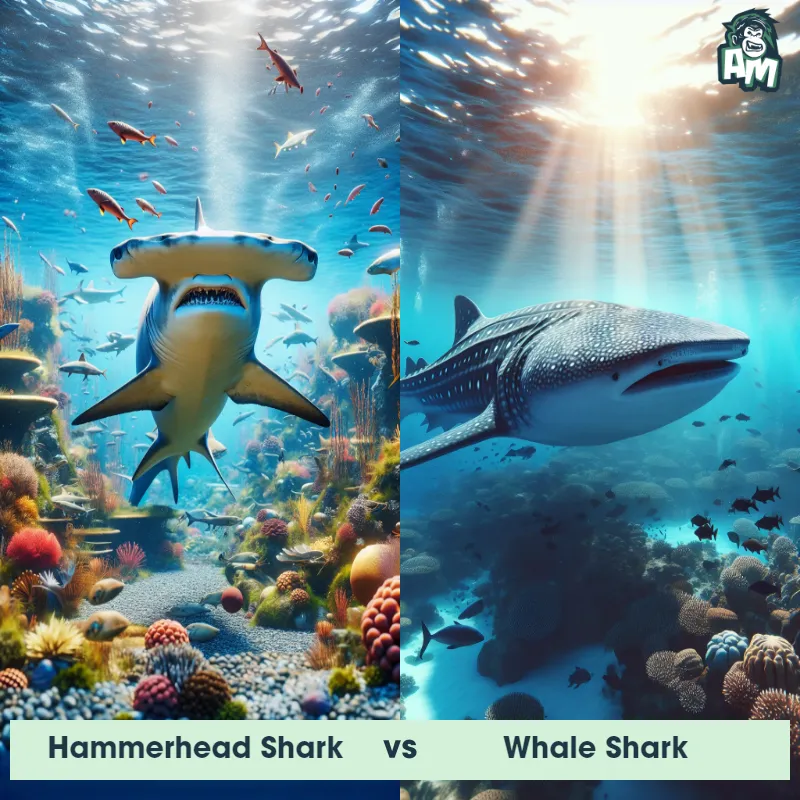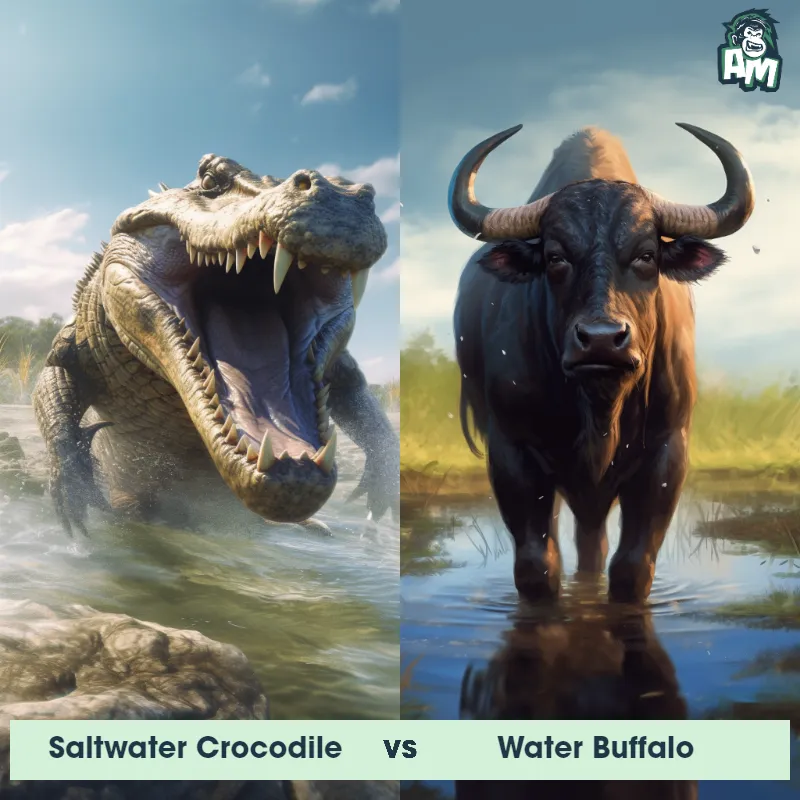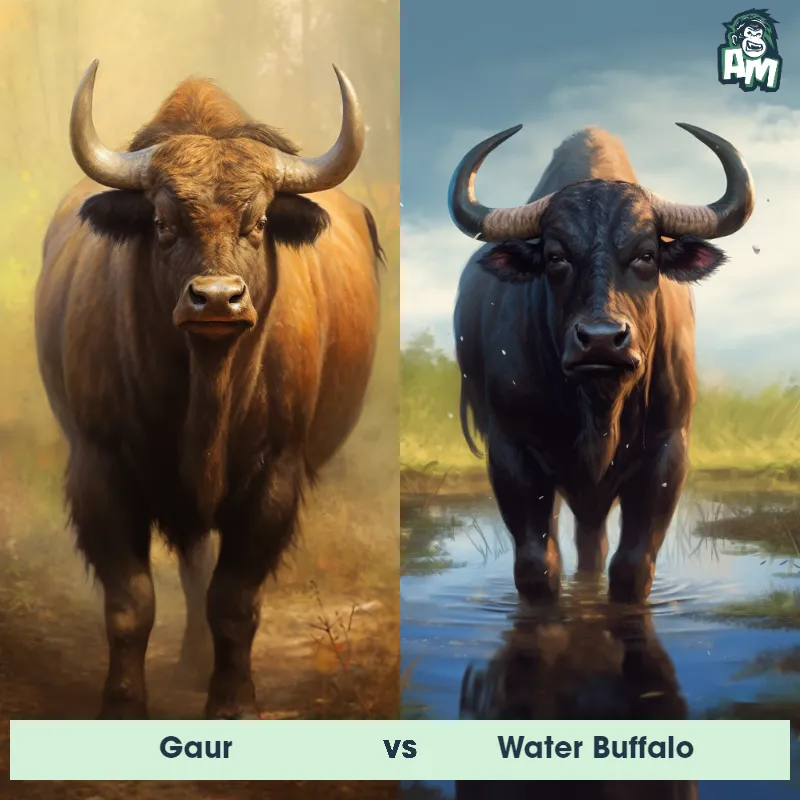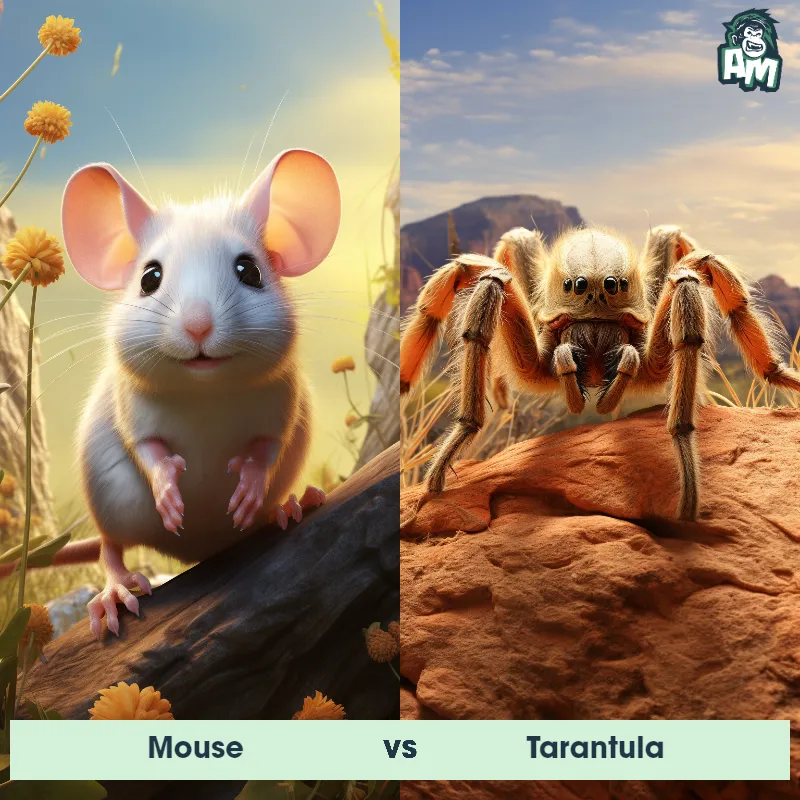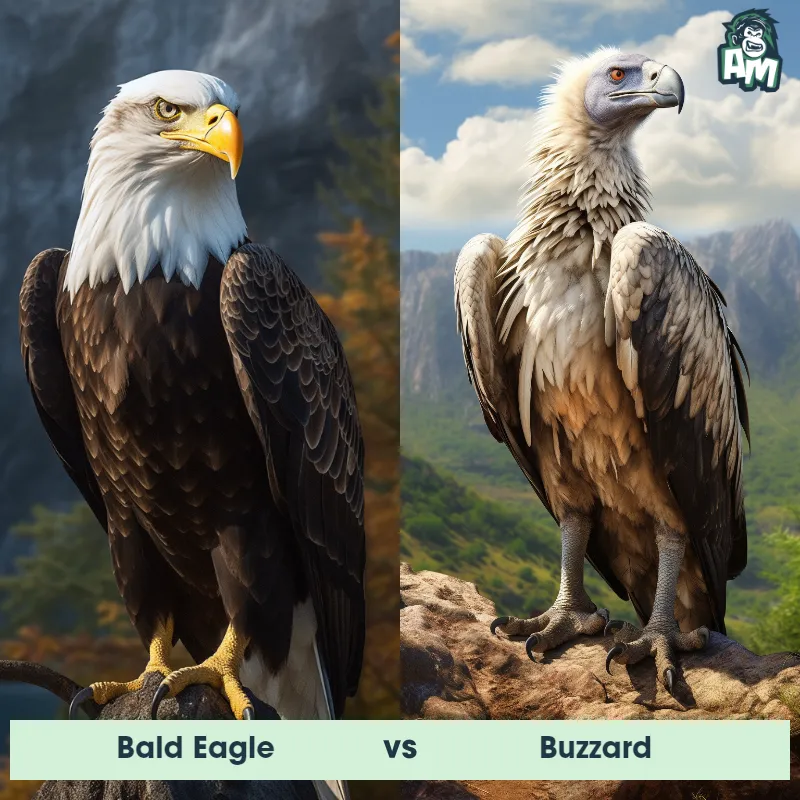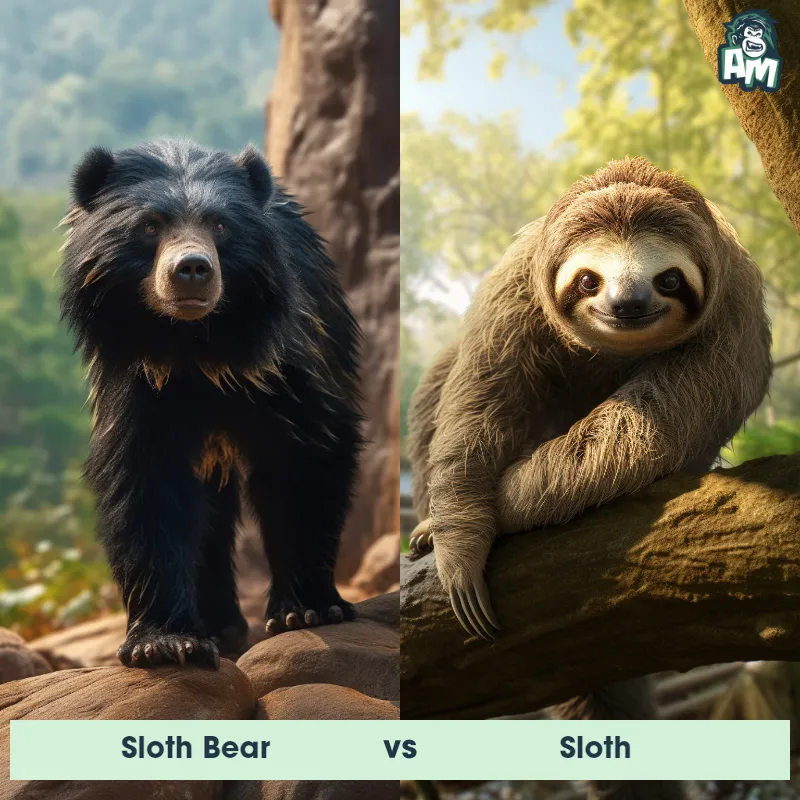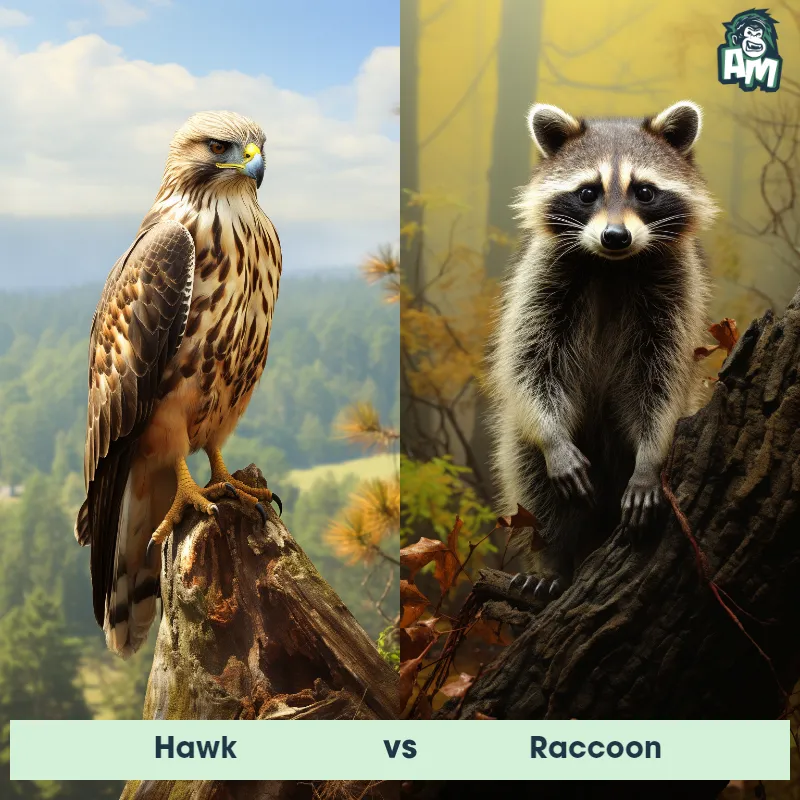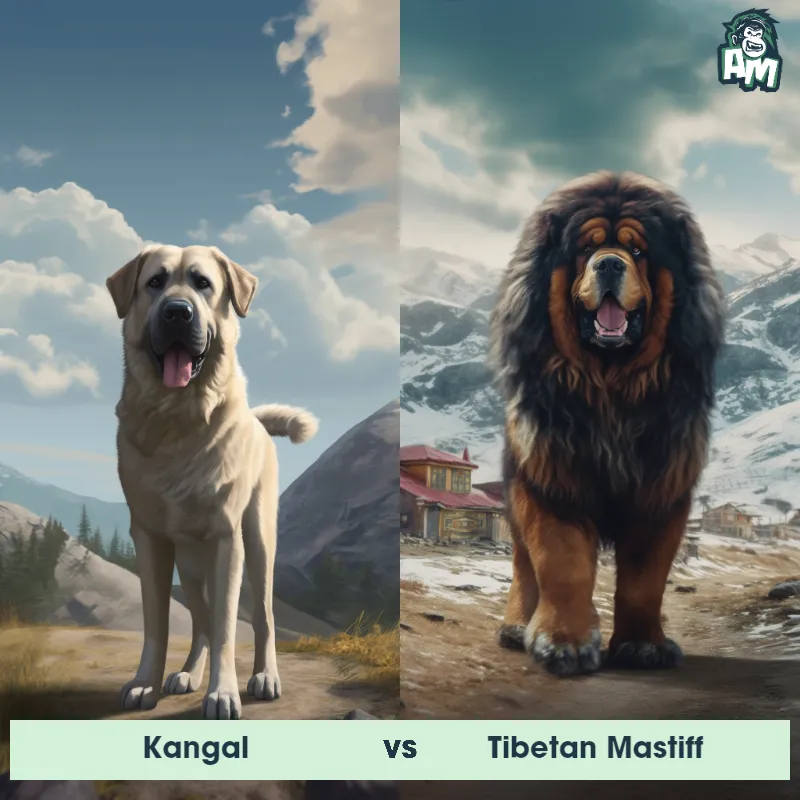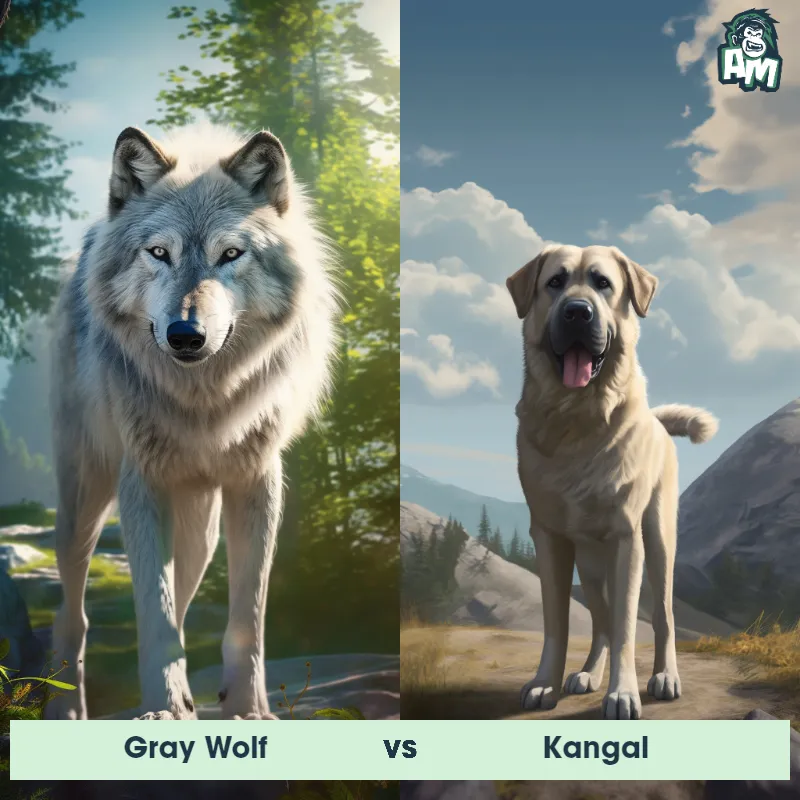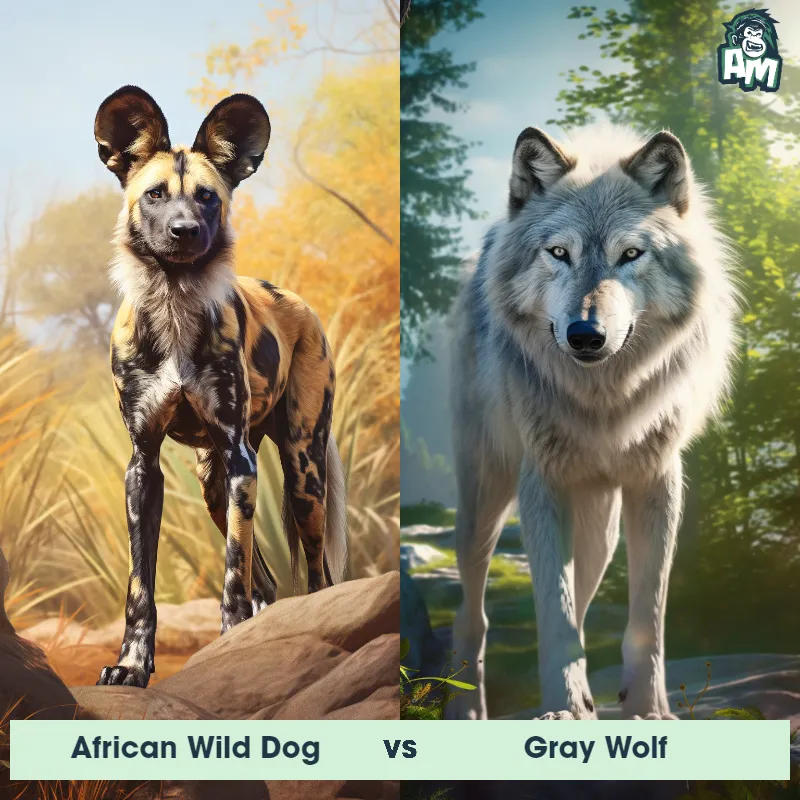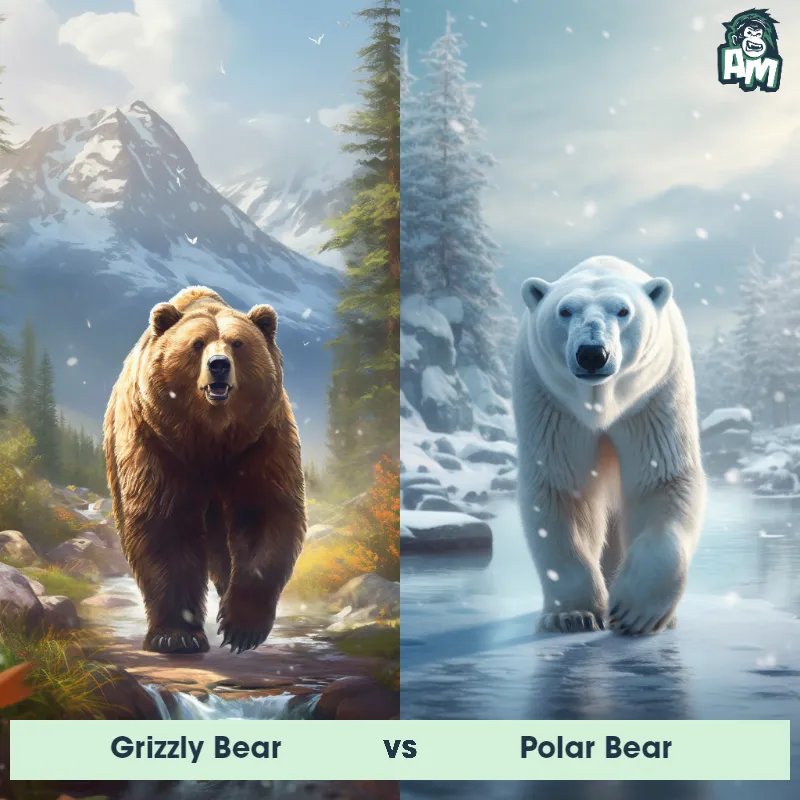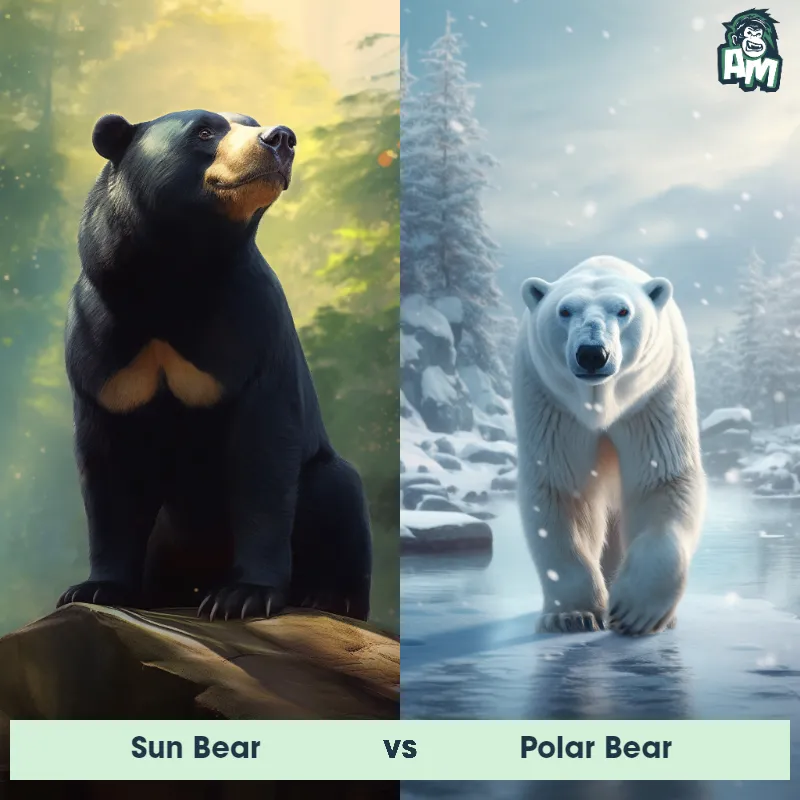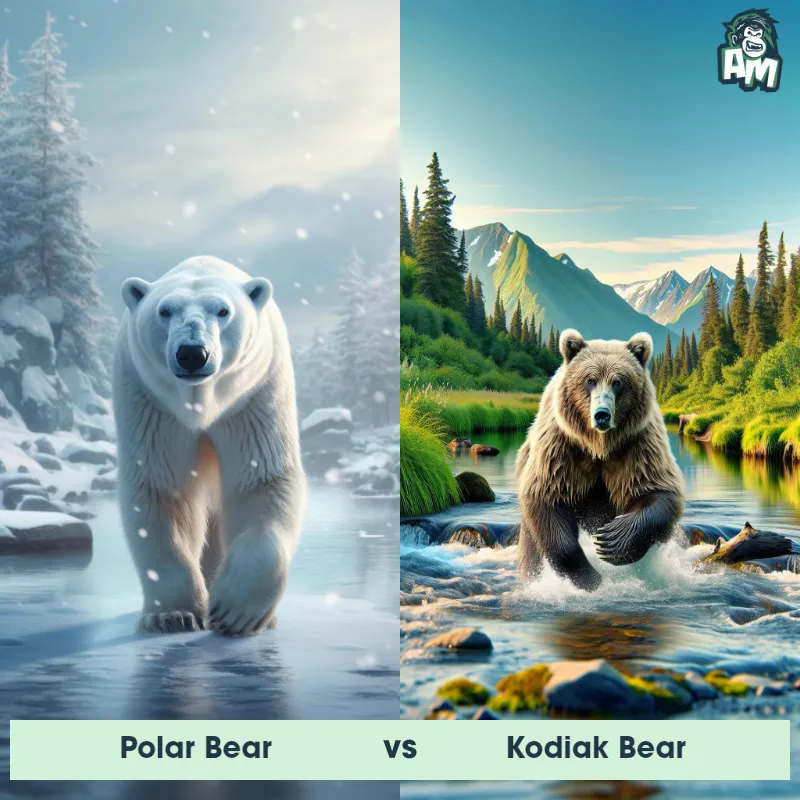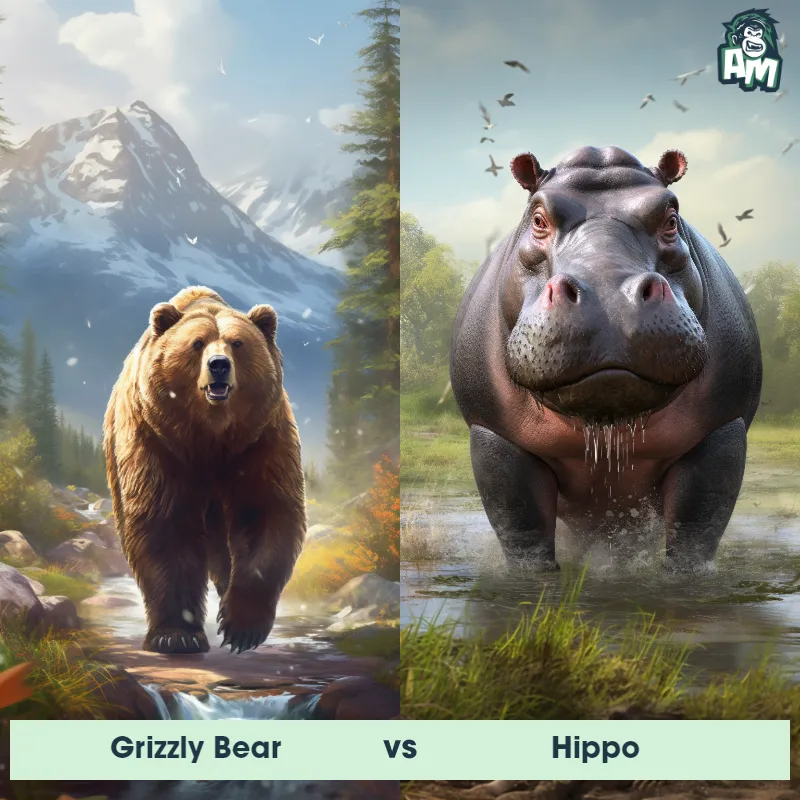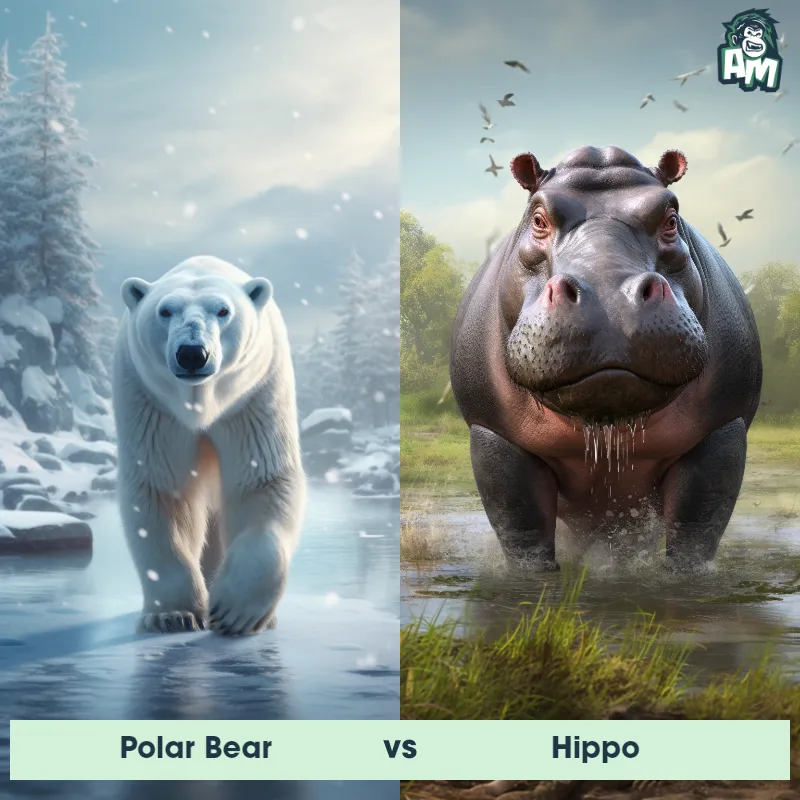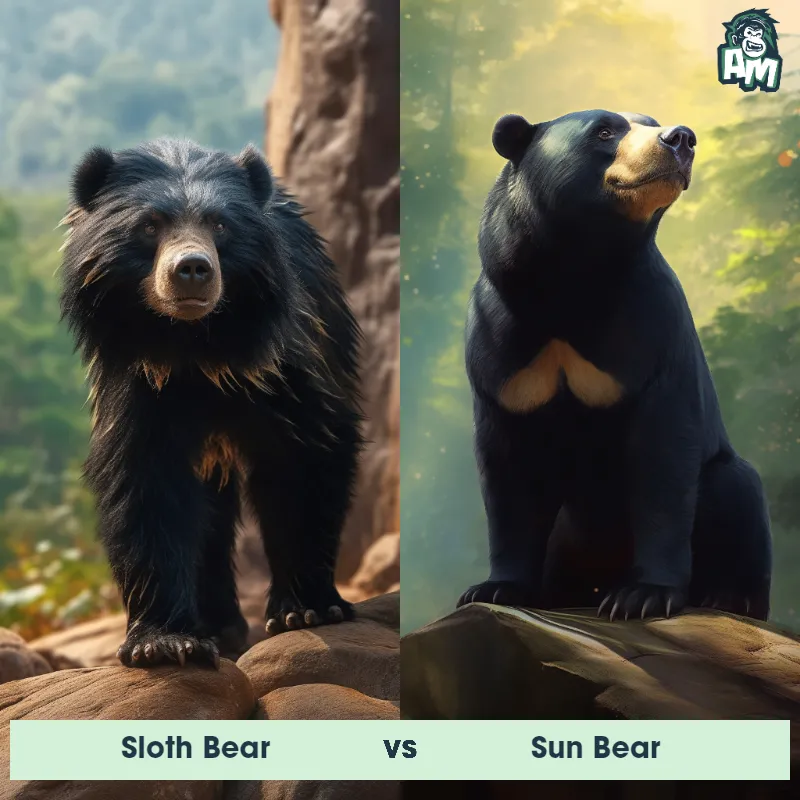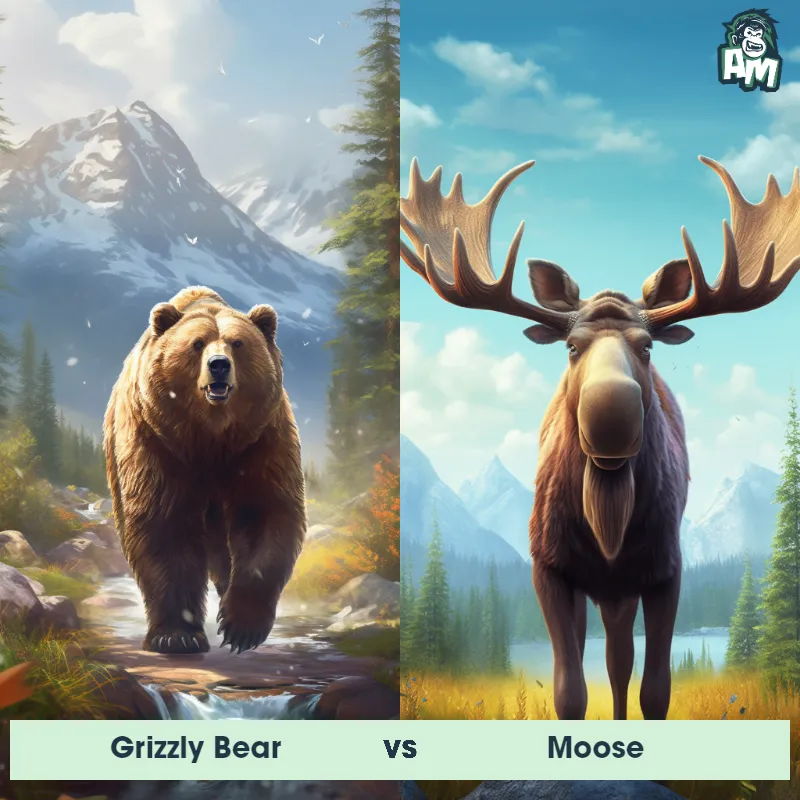Polar Bear vs Arctic FoxSee Who Wins

Ladies and gentlemen, welcome to this thrilling matchup between two fierce competitors! We have the massive Polar Bear and the cunning Arctic Fox poised to go head-to-head in a battle for dominance. This promises to be an intense fight, so grab your popcorn and get ready for some wild action!
Contender 1: Polar Bear
The Polar Bear, also known as the Ursus maritimus, is a large carnivorous mammal that inhabits the Arctic region. They have a thick white fur coat that helps them blend in with their snowy surroundings, and their large paws are equipped with sharp claws that allow them to grip onto ice and catch prey. Polar Bears are excellent swimmers and can swim for long distances in search of food. They are also known for their incredible sense of smell, which they use to detect prey from miles away.
![[object Object] Gif](https://tenor.com/view/fight-mission-critical-nat-geo-wild-scuffle-brawl-gif-20524033.gif)
Fun Fact: Polar Bears have a layer of fat that can be up to 4.5 inches thick, which helps them stay warm in the frigid Arctic temperatures.
Contender 2: Arctic Fox
The Arctic Fox, also known as the polar fox, is a small fox species that lives in the Arctic regions of the Northern Hemisphere. They have thick white fur that helps them blend in with their snowy surroundings, and they also have small ears and a short snout to help them conserve heat in the cold climate. Arctic Foxes are known for their ability to survive in extreme temperatures, and they are able to dig deep burrows in the snow to stay warm and protected from predators.
Fun Fact: Arctic Foxes have incredibly thick fur, with up to 300 hairs per square inch, which helps them stay warm in temperatures as low as -58°F!
Matchup Stats
| Polar Bear | Arctic Fox | |
|---|---|---|
| Size | 8-10 feet (2.4-3 meters) | 12-16 inches (30-40 cm) in height, 18-26 inches (45-65 cm) in length |
| Weight | 900-1,600 pounds (408-725 kilograms) | 6.5-21 pounds (3-9.5 kg) |
| Speed | Speed: 25 mph (40 km/hr) | Speed: 25 mph (40 km/hr) |
| Key Strength | Powerful jaws and sharp claws | Agility and speed |
| Biggest Weakness | Slow movement on land | Lack of physical strength |
Current Votes
Polar Bear vs Arctic Fox
See Who Wins
View More Matches
Looking For More?
Similar Matches
Scientific Stats
| Polar Bear | Arctic Fox | |
|---|---|---|
| Scientific Name | Ursus maritimus | Vulpes lagopus |
| Family | Ursidae | Canidae |
| Habitat | Arctic region | Arctic regions of the Northern Hemisphere |
| Geography | Arctic Circle | Alaska, Canada, Greenland, Russia, Scandinavia |
| Diet | Carnivorous, primarily seals | Small mammals, birds, fish, and carrion |
| Lifespan | 20 years - 30 years | 3 years - 6 years |
Key Differences between Polar Bear and Arctic Fox
- Ear size: Polar bears have relatively small and rounded ears compared to their body size. In contrast, Arctic foxes have larger ears that help them in detecting sounds and regulating their body temperature.
- Snout shape: Polar bears have a long and tapered snout suitable for catching prey both on land and in water. In comparison, Arctic foxes have a shorter and pointed snout, allowing them to efficiently locate small rodents under the snow.
- Physique: Polar bears have a robust and muscular build, with a larger head and stocky body adapted for swimming and hunting on land. Arctic foxes have a slender and more agile physique, ideal for traversing their icy habitats.
- Coloration: Polar bears have a white or creamy white fur, which helps them blend with the polar ice caps. In contrast, Arctic foxes have a thick white fur during winter that turns to a brownish gray or blue-gray color during the summer.
- Size: Polar bears are much larger in size compared to Arctic foxes. Adult male polar bears can reach a length of 7-10 feet, while Arctic foxes average around 2.5-3.5 feet in length.
- Tail shape: Polar bears have a small and stubby tail, measuring only a few inches in length. Conversely, Arctic foxes possess a longer and bushier tail, which they use to wrap around themselves for added warmth during harsh winter conditions.






